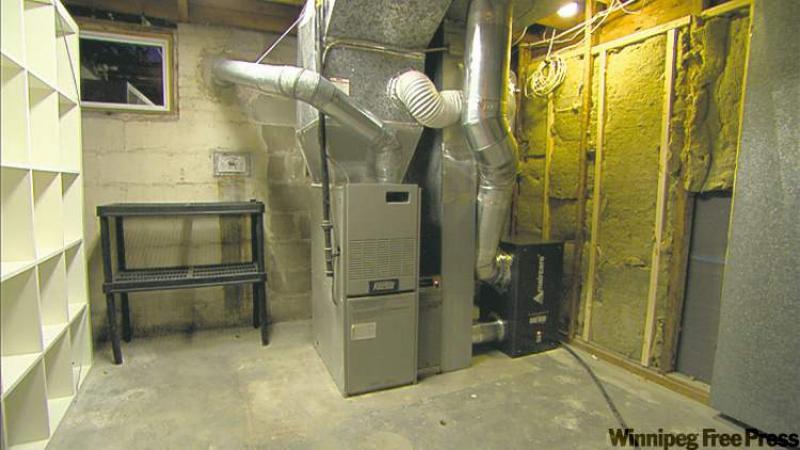SOUND-proofing your home is important
Create a barrier to block the sound and stop it from entering the space; and find a way to absorb the noise to deaden the sound and stop it from reverberating. You should do both.
If you're dealing with an existing problem, your contractor will have to tear back to studs -- true noise remediation is not a Band-Aid solution.
The first step is to make sure the space is completely sealed -- that all the gaps and penetrations into the space are closed with an acoustical sealant. Check around all vents, pipes, ducts and seal them.
Make sure to insulate all wall and ceiling cavities for sound absorption with mineral batt insulation. This will dampen sound.
Put up a double layer of drywall, and make sure it's mould-resistant if you're using it in a basement space. This heavy layer of gypsum board will create mass to help block sound. There are specialty drywalls available on the market, some with thin layers of metal or rubberized membrane in them to help block sound. They work, but they are expensive.
Have your contractor hang the drywall using resilient channels. They are a type of metal strapping that allows your contractor to hang your drywall without it actually coming into contact with the supporting structure. That dampens the vibration so noise won't transfer through the walls. It isolates the sound waves and reduces their radiation through the structure. Make sure he uses flexible acoustical sealant around the edges and doesn't miss the electrical box cutouts and any penetrations.
Generally speaking, sounds 'bounce' or 'reflect' off hard surfaces, such as walls and floors. Softer surfaces such as carpets and drapes and upholstered furnishings will cut down on that reflection -- or 'absorb' it.
So you could take other steps that involve finishes you choose. For example, a drywall ceiling will reflect more sound that a ceiling tile. There are acoustic ceiling tiles that specifically help reduce noise levels in room. But many people don't like the look of ceiling tiles. I like them; they're really practical for basement spaces, where you'll need to get at plumbing, ducting or the cables for the new media room that you've gone to all this trouble to build.
Catch Mike in his new series, Holmes Inspection, airing Thursdays at 7 CT on HGTV. For more information, visit www.hgtv.ca. For more information on home renovations, visit makeitright.ca.




